
These images, using data from the Copernicus Sentinel-5P satellite, show the average nitrogen dioxide concentrations from March 13 to April 13, 2020, compared to the March-April averaged concentrations from 2019. The percentage decrease is derived over selected cities in Europe and has an uncertainty of around 15% owing to weather differences between 2019 and 2020. Credit: contains modified Copernicus Sentinel data (2019-20), processed by KNMI/ESA
Further analyses are showing the continued low levels of nitrogen dioxide concentrations across Europe – coinciding with lockdown measures implemented to stop the spread of the coronavirus. New data from the Copernicus Sentinel-5P satellite, from the European Union Copernicus program, show some cities seeing levels fall by 45—50% compared to the same period last year.
Scientists from the Royal Netherlands Meteorological Institute (KNMI) have been monitoring air pollution over Europe in the past months using data from the Tropomi instrument from the Copernicus Sentinel-5P satellite.
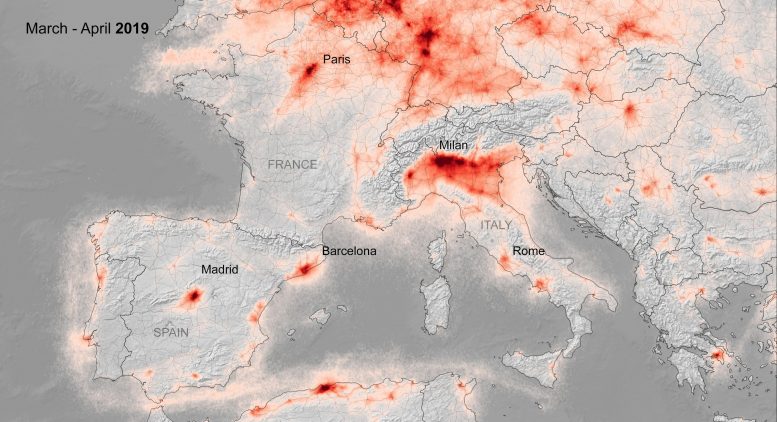
This image, using data from the Copernicus Sentinel-5P satellite, shows the average nitrogen dioxide concentrations from March 13 to April 13, 2019. Compare it with the image below and the March-April averaged concentrations from 2020. Credit: Contains modified Copernicus Sentinel data (2019-20), processed by KNMI/ESA
The new images show the nitrogen dioxide concentrations from March 13 until April 13, 2020, compared to the March-April averaged concentrations from 2019. Madrid, Milan, and Rome saw decreases of around 45%, while Paris saw a dramatic drop of 54% – coinciding with the strict quarantine measures implemented across Europe.
Nitrogen dioxide is produced from power plants, vehicles and other industrial facilities and can have significant impacts on human health – increasing the likelihood of developing respiratory problems. Nitrogen dioxide concentrations in our atmosphere vary widely day to day owing to the fluctuations of emissions, as well as variations in weather conditions.
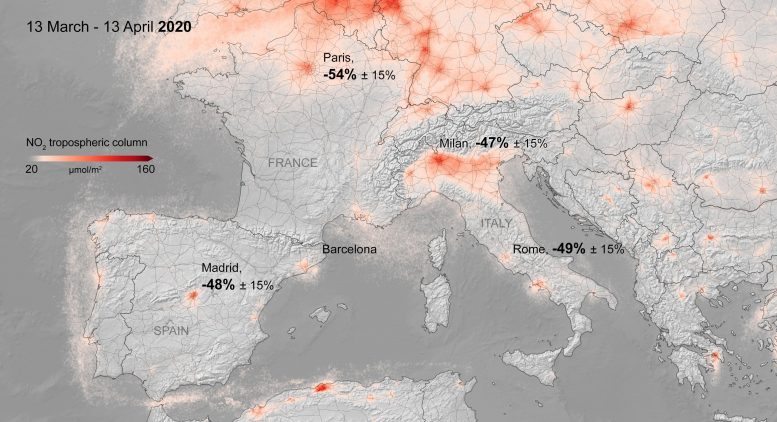
This image, using data from the Copernicus Sentinel-5P satellite, shows the average nitrogen dioxide concentrations from March 13 to April 13, 2019. Compare it with the image above and the March-April averaged concentrations from 2019. The percentage decrease is derived over selected cities in Europe and has an uncertainty of around 15% owing to weather differences between 2019 and 2020. Credit: Contains modified Copernicus Sentinel data (2019-20), processed by KNMI/ESA
This weather-induced variability proves difficult to draw conclusions based only on daily or weekly measurements, making it necessary to analyze data over a substantial period of time to iron out any anomalies.
Henk Eskes, from the Royal Netherlands Meteorological Institute (KNMI), comments, “There are considerable variations of weather in every country from one day to the next, creating a large impact on the dispersion of nitrogen dioxide.
“Averaging data over longer periods of time allows us to see clearer changes in concentrations owing to human activity. For this reason, the maps show concentrations over a monthly period and are provided with an uncertainty of 15% which reflects weather variability not accounted for in the monthly averages used.”
As lockdown measures will continue in the following weeks, the KNMI team will continue to work on a more detailed analysis of other countries in northern Europe, where a larger variability in data owing to changing weather conditions is observed.
Making use of air-quality models, such as the Copernicus Atmosphere Monitoring Service, as well as combining results from in situ data, will narrow down the impact of changes in weather on air pollution estimates.
About the Copernicus Sentinels
The Copernicus Sentinels are a fleet of dedicated EU-owned satellites, designed to deliver the wealth of data and imagery that are central to the European Union’s Copernicus environmental program. The European Commission leads and coordinates this program, to improve the management of the environment, safeguarding lives every day. ESA is in charge of the space component, responsible for developing the family of Copernicus Sentinel satellites on behalf of the European Union and ensuring the flow of data for the Copernicus services, while the operations of the Copernicus Sentinels have been entrusted to ESA and EUMETSAT.

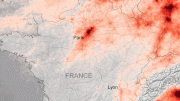
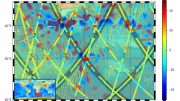
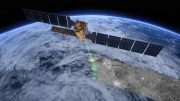
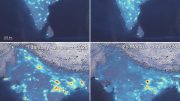
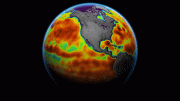

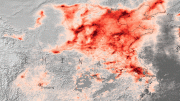
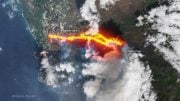
Duh… slow down human energy consumption and cumulative human waste follows. It’s simple physics. Not enough to slow climate change however. Any idiot can see that.